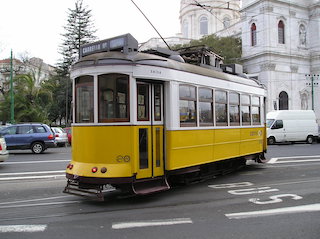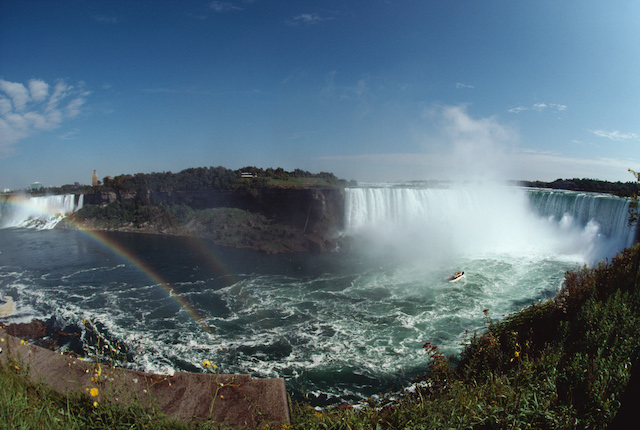The Rise of Remote Work in the Himalayas
Remote work has untethered professionals from cities and cubicles. What began as a necessity during the pandemic has now evolved into a lifestyle. For many digital nomads, the towering Himalayas and the lush, misty hills of southern India provide a refreshing contrast to urban chaos.
Regions like Himachal Pradesh, Uttarakhand, and even parts of Sikkim have become popular with techies, writers, designers, and entrepreneurs. Dharamkot, Manali, Kasol, Rishikesh, and McLeod Ganj are dotted with mountain cafés that offer reliable Wi-Fi, charging points, comfortable seating, and stunning views of the valleys below.
Café Culture with a View
What sets mountain cafés in India apart is their rustic charm fused with global influences. You’ll find cafés serving locally grown coffee, herbal teas, and fusion menus that cater to international tastes—think masala shakshuka, vegan banana pancakes, or creamy hummus platters.
Places like Moonpeak Espresso in McLeod Ganj or The Lazy Dog in Old Manali have become workspaces by day and social hubs by night. These cafés are designed not just to serve food, but to foster community—where creatives collaborate, share travel tips, and forge connections across continents.
Internet in the Clouds
One might assume that remote mountainous regions would have unreliable internet. Surprisingly, many towns in Himachal and Uttarakhand now boast fibre-optic connections. While occasional power cuts still occur, cafés are well-equipped with backup inverters or even solar panels.
Of course, it’s wise for digital nomads to come prepared. A local SIM card with a generous data plan, portable power banks, and an offline work strategy are essential. Jio and Airtel are the most reliable networks across Indian hill stations.
Daily Rhythm in the Mountains
A typical day for a digital nomad in the Indian mountains often starts with a cup of ginger lemon honey tea as the morning mist clears. Many cafés open as early as 8 AM, offering fresh breakfasts to kickstart the day. Work sessions are often split into bursts: morning productivity, mid-day hikes or yoga sessions, and evening catchups with clients across different time zones.
The pace is slower, more intentional. There’s no stressful commute, no dress code, and no pressure to “look busy”. Instead, there’s the sound of birds, the occasional ringing of temple bells, and a backdrop of snow-capped peaks to keep your spirits high and mind focused.
Community and Co-Working in the Hills
One of the most enriching aspects of working remotely in India’s mountain towns is the strong sense of community. Many places now host co-working cafés or hybrid spaces where you can rent a desk for the day or week.
Spaces like Alt Life Café in Kasol or Zostel Workation properties in Bir offer curated experiences for digital nomads. Think co-living, co-working, community kitchens, and weekly events like bonfires, hiking excursions, or coding jams.
Even informal spaces foster community—notice boards filled with yoga class times, workshops on ayurveda or sound healing, or travel partners needed for treks.
Weekend Adventures and Spiritual Recharge
One of the biggest perks of this lifestyle is the access to nature and spirituality. After a productive workweek, weekends are for paragliding in Bir Billing, trekking to Triund or Kheerganga, or rafting in Rishikesh. There’s a wealth of wellness retreats for those looking to recharge—offering everything from meditation and ayurveda to reiki and art therapy.
Many cafés also host book readings, live music, or open mic nights, adding colour and creativity to your social life without leaving the mountains.
Budget-Friendly Paradise
Living and working from India’s mountain towns is surprisingly affordable. A digital nomad can live comfortably on a modest budget. Café meals range from ₹150–₹400 (around £1.50–£4), accommodation in hostels or homestays is cheap and charming, and long-term rentals offer discounts.
This affordability allows nomads to stay longer and immerse deeper into local culture. From learning Hindi phrases to attending village fairs or volunteering with local NGOs, there’s always more to explore beyond your laptop screen.
Planning Your Remote Escape
If you’re tempted by the idea of mountain cafés, here’s how to start:
- Visa: Most nationalities can apply for an Indian e-Tourist Visa, valid for up to 180 days. For longer stays or multiple visits, consider a business or student visa.
- Connectivity: Upon arrival, get a local SIM with Jio or Airtel. Choose plans with at least 2 GB daily data and strong coverage.
- Weather: Visit the Himalayan regions from March to June or September to November. Monsoon months (July-August) bring landslides and poor connectivity.
- Essentials: Carry a lightweight laptop, surge protectors, noise-cancelling headphones, and offline backups of your work.
- Bookings: While many travellers go with the flow, it’s wise to pre-book your first week’s accommodation and workspace to settle in.
And, of course, it all begins with securing your tickets to India. There are multiple budget and premium airlines flying directly to New Delhi or Chandigarh, from where you can take overnight buses or cabs to reach your mountain base.
Final Thoughts: A Work Life Reimagined
India’s mountain cafés offer more than just great coffee and Wi-Fi—they offer a chance to reimagine work and life. With each sunrise over the peaks and each meaningful conversation over chai, you rediscover purpose and passion in your professional and personal journey.
So if your soul craves stillness, your creativity needs new fuel, and your laptop is itching for a different view—perhaps it’s time to book those tickets to India and begin your own digital nomad diary in the mountains.





